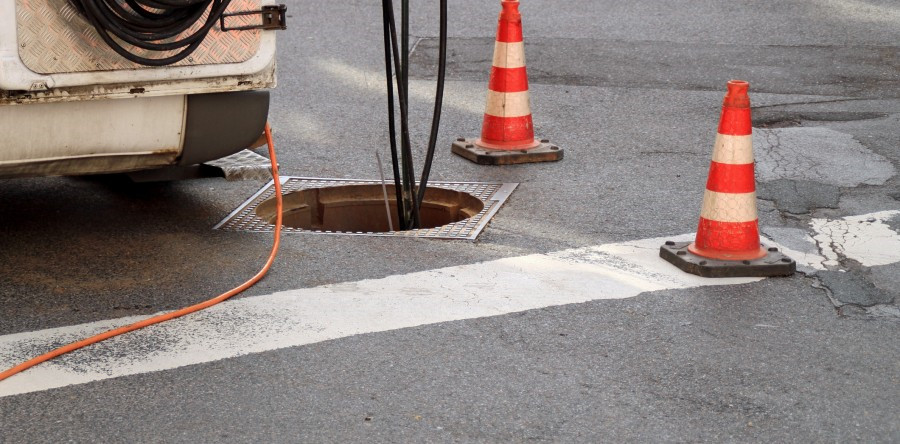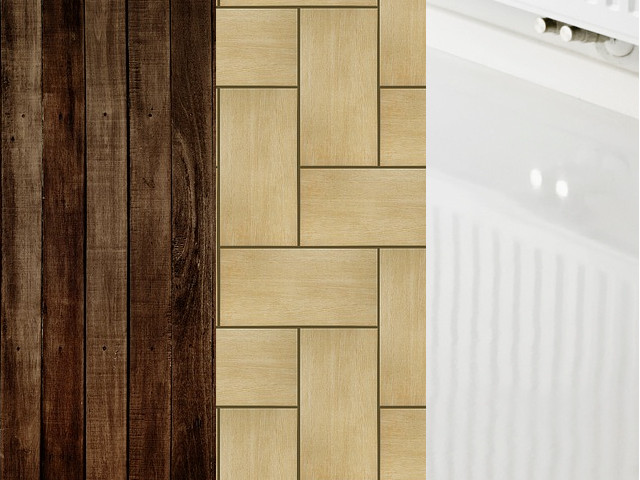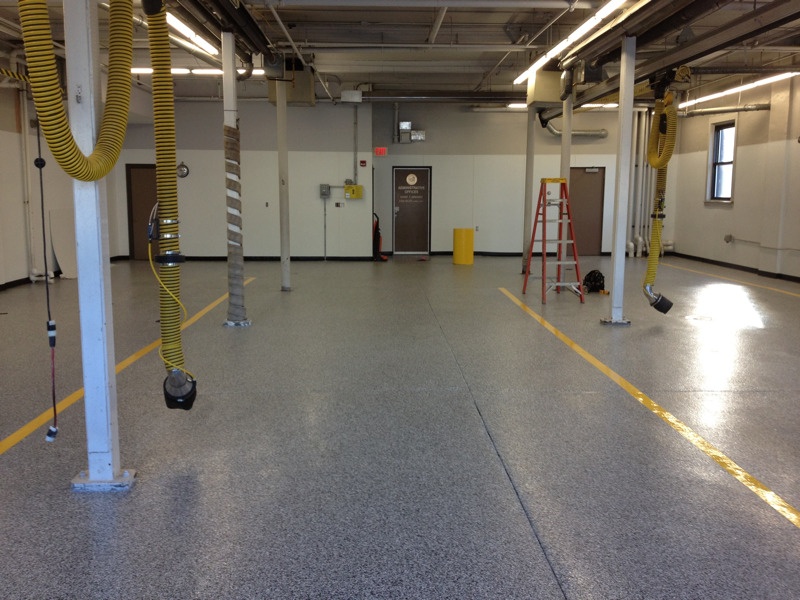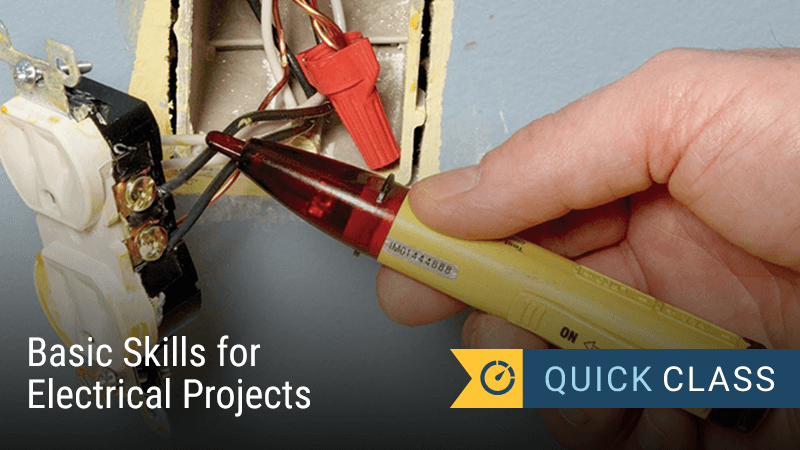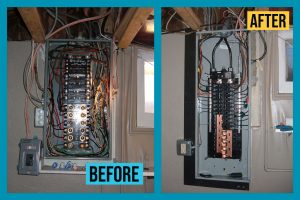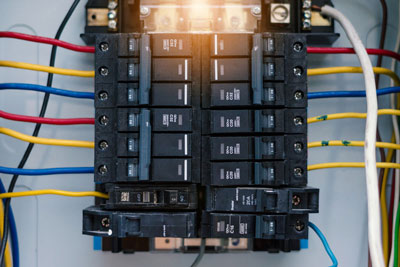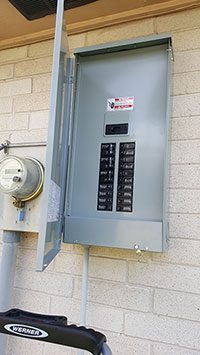Things You Need to Know Before Representing Yourself in Your DUI or DWI Case
Yes, it is possible to represent yourself in your DUI/DWI case. You can post bail, plead guilty or make a plea deal and, if you’re lucky, you might achieve the same results as an attorney. However, that’s a best-case scenario. Here are five things to consider before handling your own DUI.
Think Twice Before Pleading Guilty
A blood alcohol content (BAC) of .08% or more doesn’t guarantee a conviction. Before you plead guilty, you should learn about the DUI penalties and fines in your state in order to make an informed decision. Even if you’re convinced you should plead guilty, it’s always possible that a DUI attorney might offer advice or counsel that could affect the severity of your sentence. Keep in mind that if your BAC was between .08% and .10%, a conviction is less of a certainty. In that case, a DUI attorney may be able to use your low BAC to achieve a better plea bargain your case. And if you have a high BAC, there’s generally more at stake, so the assistance of an attorney may be even more critical.
There Are Two Types of Bargaining: Plea and Sentencing
If your state doesn’t prohibit plea bargaining down a DUI (where the charge is reduced to a lesser one, for instance, from a DUI to reckless driving), hiring an attorney who is familiar with local prosecutors could make an important difference in the bargain you get and in the penalties and post-conviction remedies that are imposed on you.
In addition to plea bargaining, most states have “sentence bargaining.” Sentence bargaining for a DUI is extremely useful where a guilty plea might result in a long period of incarceration. For example, you might be willing to plead guilty to a second DUI but only if you know what your sentence will be. The same is true with an aggravated DUI case where your BAC was over .15% or resulted in injury or death. In these types of cases, you probably wouldn’t want to plead guilty unless you knew what sentence you’re going to get, and you would be well advised to have an attorney to manage the sentence bargaining for you.
Penalties for Second, Third, and Fourth DUIs Are Heavy
Even if you handled your first DUI by simply pleading guilty, you will most likely need the assistance of a DUI attorney for subsequent DUI charges. That’s because second, third, and fourth DUI offenses almost always involve jail time, as well as far more serious bail bonds and penalties. Hiring an experienced DUI attorney has many benefits—lawyers have familiarity with the court system and the prosecutors, knowledge of what plea bargains and sentence bargains are available, and the ability to navigate complex administration procedures. These benefits are especially important if you are a repeat DUI offender. Read our article on case outcomes and costs for drivers arrested for DUI repeat-offenses.

Blood-Alcohol Level Determines Guilt
What the per se laws say is, in every state in the U.S., if your blood-alcohol content (BAC) is above the legal limit, you can be found guilty of DUI. In 2020, this limit is .05 in Utah, and .08 in all other states, District of Columbia and Puerto Rico.1 It does not matter that you were not staggering or slurring your words or in no other way appeared to be intoxicated, your BAC level alone is all the evidence needed to convict you of DUI.
One key to determining if hiring a drunk driving attorney will do you any good is knowing your BAC level at the time of your arrest. If you recorded 0.08 or higher, there is little doubt that you will be convicted and have to pay all the fines, fees, and extra expenses involved with having a DUI conviction on your driving record.
Your License May Be Suspended—Lawyer or Not
As of March 2019, 42 states the District of Columbia, the Northern Mariana Islands and the Virgin Islands have passed administrative license suspension laws that allow law enforcement officials to immediately confiscate and suspend your driver’s license on the spot if you fail a field sobriety test or record a BAC level over the legal limit.1
These laws allow your driver’s license to be suspended as an administrative sanction, completely independent from criminal court proceedings. The reason is since a state can give you your driving privileges, the state can take a privilege away.
In those eight states that do not have administrative license suspension laws, your license is not suspended until you go to court, but it is suspended if you plead guilty or are convicted.
In most states, if you refuse to take a breath test, your license is immediately confiscated and revoked.

Don’t Hire A General Practitioner To Do A Specialized Job
Some types of legal cases don’t demand specialized knowledge. Certain types, such as DUI/DWI cases, are very specialized.
More than any type of criminal case, DUI/DWI cases involve detailed scientific evidence. Like CSI, a complete defense requires command of principles of chemistry, biology and physics, familiarity with hundreds of scientific studies and knowledge of the inner workings of the machines that have been used to gather evidence against you.
Ask your prospective lawyer if he or she has training in breath testing or the field sobriety tests. Remember the old axiom, “you get what you pay for”? If it’s worth hiring a lawyer at all, then it’s worth hiring the best lawyer you can afford.

Hiring a Private DUI Attorney
In most areas, there are lots of attorneys who handle DUI cases. So, choosing who to hire can be difficult. Of course, there’s no perfect formula for finding a good DUI lawyer, but here are some suggestions you might want to consider.
Attorneys specializing in DUI law. Plenty of attorneys can represent you in a DUI case. But there are also attorneys who focus on DUI defense. You may be well served to go with an attorney who specializes in DUI law over one who just takes the occasional DUI case.
Amount of experience. How long an attorney has been in practice isn’t always the best measure of quality. However, it’s still a factor you’ll want to consider. Lawyers with at least a few years of practice experience in your area should have a good idea of what works and what doesn’t in the local courts and DMV.
Trials and plea bargains. Most DUI cases end with a plea bargain. An attorney’s knowledge and skill can certainly come into play in reaching a good deal. But if you want to take your case to trial, you might want an attorney who has a decent amount of trial experience.
Free consultations. Many DUI attorneys offer prospective clients a free initial consultation. If you’re thinking of hiring someone, it’s probably worth taking the time to meet face to face before deciding. Meeting an attorney in person gives you the opportunity to get your questions answer and find out whether there any compatibility issues
Meet the Attorney for an In-Person Consultation
An in-person consultation will help you decide which attorney you feel most comfortable with and have the most confidence in. Below are some steps you should take to ensure the best consultation.
- Be upfront about all the facts of your case: Now is not the time to be shy. Provide the attorney with all of the facts of the case so he can give you the best advice on how to proceed. Let the attorney determine what is important and relevant to your case and defense. You do not want to end up in a situation where you surprise the attorney with a fact that may harm your case right before you go to trial.
- Bring all DUI related documents: The attorney will want to see what violations of the code of law you are being charged with. Do not assume the attorney will already know information about your case as each case is unique. Information such as the police report, DMV letters and all other documents related to the DUI should be presented to the attorney.
- Talk to an attorney about his experience: By now you have already checked the attorney’s website or you may know about him from your friend or colleague. You will want to ask the attorney to discuss his success rate, how many cases he has brought to trial, how many he has gotten dismissed, and how many DUI cases has handled. Beware of the attorney that tells you he can guarantee a certain outcome for you as no attorney can give you that guarantee.
- Find out who will be handling your case: The attorney you meet with may not be the one who ultimately handles your case. At larger firms, the attorney who meets with you at your initial consult might be a senior attorney or even a partner; however, a younger associate may end up handling your case. While this is common you will want to meet the attorney handling your case so you gauge whether you feel comfortable with him or her. Also find out who will represent you in court as this may also change.
- Clear strategy: It is important that after your consultation you walk away with an understanding of the attorney’s strategy to handling your case. The attorney should provide you with a clear strategy evidencing the attorney’s experience in handling DUI cases.
